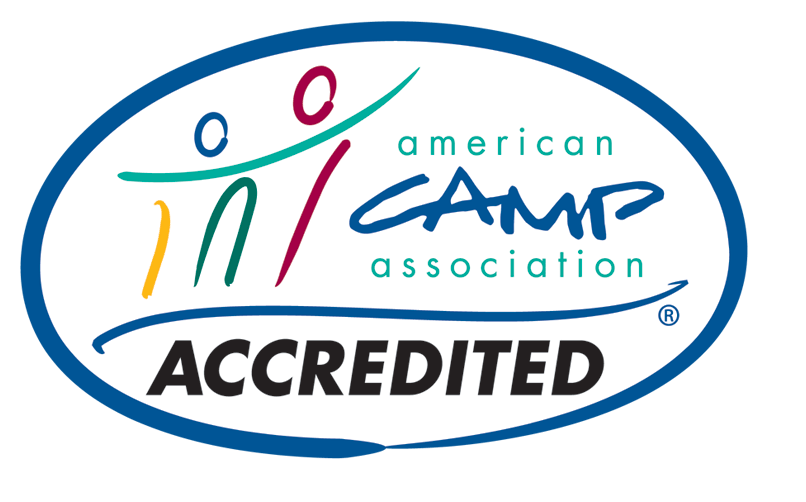CRUISES
Cruises are designed for students 5th-12th grade as an introduction to the National Flight Academy’s flagship, Deployment program. For three days, students stay overnight and are exposed to a variety of concepts including Meteorology, Aerodynamics, Mathematics, Bathymetry, Physics, Basics of Flight, Ballistics and Search and Rescue fundamentals.
Through an established base of knowledge, AXPs will work in a team squadron format to collaborate and complete missions. Facilitators and chiefs challenge them to use critical thinking, problem solving, creativity, innovation, teamwork and information gathering as well as communication technology literacy and adaptability. The National Flight Academy builds heart-pumping, adrenaline-filled story lines, which bring life to the mission as if the students are in a real-world scenario.
Students apply these skills by flying the high-performance X-12B Triad, the National Flight Academy’s experimental aircraft, offering them hands-on comprehension of the principles of flight thrust, hovering and target drops.
Cruises can accommodate private, public and home school organizations any time throughout the academic year. Our curriculum reinforces concepts covered in the classroom in a unique, immersive simulated environment. To learn more about booking a private program, please contact the Registration Department at rdelrio@nationalflightacademy.com or 850-308-8948.
Cost for one Three-day Overnight Cruise is $475.
*A minimum enrollment requirement of 36 is needed in order for session to run.
Spring 2024 Cruises
February 23 – 25
March 15 – 17
March 22 – 24
March 25 – 27
April 12 – 14
April 19 – 21
Program Descriptions
Learn to Soar
In this three-day program, students will learn about the basics of flight: from Bernoulli’s Principle and Newton’s Laws to the comparison between gliders and powered planes. Students will apply their knowledge by selecting a glider to build/fly and then compete with other students to determine which plane flies the greatest distance, stays in the air the longest, or is the fastest. Students will also become familiar with flying the X-12B Triad by flying a short familiarization flight and then demonstrate their new knowledge by planning and flying a series of cross country flights. Students will learn the basics of radar and communications skills so that they can support those students who are flying.
Race the Skies
Students learn about the many flight capabilities (supersonic, hover, Sport Utility Vehicle like taxiing, etc.) of the X-12B Triad as they compete within their squadron and Carrier Air Group to see who can complete all of the Rally objectives in the shortest time. Students will utilize 21st century workforce skills such as: collaboration, critical thinking, and communication as they coordinate and score each crew’s performance from the Joint Operations Center.
Fly Like the Blues
During Fly Like the Blues, students will learn 21st century workforce skills such as leadership, teamwork, critical thinking and communication as they plan and then fly their six-plane formation air show at Eglin Air Force Base. First, students will become familiar with the X-12B Triad, radar and communications and then students will demonstrate their leadership and collaboration skills as they fly a practice air show. The students will have an opportunity to evaluate their squadron’s performance and make adjustments before the squadron flies their “recorded” air show.
Coast Guard Search & Rescue
During this three-day Cruise, students must assist the Coast Guard with various search and rescue efforts which will test their math skills. Exercises range from tracking moving ships, to locating and rescuing a missing helicopter. These tasks will require a squadron of 12 to determine the most effective search pattern, based on real life search and rescue guidance and mathematics, to locate their targets while avoiding other aircraft and duplicating search patterns. Then, a fire breaks out on an oil rig, forcing the students to consider the environmental impact of such an event. Collaboration, critical thinking, and communication must be utilized if they hope to contain the situation.







